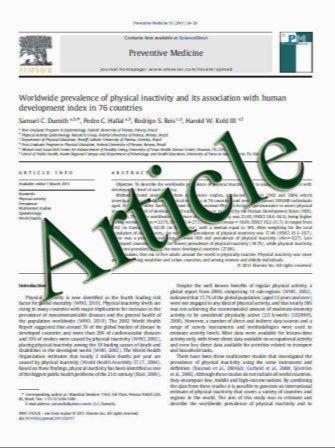Oxford Phase 3 unicompartmental knee arthroplasty: medium-term results of a minimally invasive surgical procedure
- نوع فایل : کتاب
- زبان : انگلیسی
- مؤلف : Lukas A. Lisowski • Michel P. J. van den Bekerom • Peter Pilot • C. Niek van Dijk • Andrzej E. Lisowski
- چاپ و سال / کشور: 2010
Description
Purpose In the last decade, a major increase in the use of and interest in unicompartmental knee arthroplasty (UKA) has developed. The Oxford Phase 3 UKA is implanted with a minimally invasive technique using newly developed instruments. The objective of this prospective study was to evaluate the outcome of UKA in patients with medial osteoarthritis of the knee in a high-volume unit. Methods Two-hundred and forty-four UKAs were performed with a minimally invasive approach. The median age was 72 (43–91) years. The median follow-up was 4.2 years (range 1–10.4 years). Fourteen patients died, and nine were considered to be lost to follow-up, but all had a well-functioning prosthesis in situ until their last follow-up. Pain, function and health-related quality of life were evaluated pre- and postoperatively using patient- and assessor-based outcome scores, as well as radiographic evidence. Results The mean Knee Society knee and function scores, WOMAC-scores, Oxford-score and VAS pain and satisfaction all improved. Nine knees required revision. Eleven patients required an additional arthroscopic procedure due to persisting pain secondary to intra-articular pathology, and four patients required manipulation under anaesthesia because of limited range of motion. The 7-year cumulative survival rate of the arthroplasty was 94.4%. A low incidence (21%) of a radiolucent line beneath the tibial component was observed at 5 years of follow-up. Conclusion This study showed a high survival rate of the Oxford Phase 3 UKA. Patient satisfaction and functional performance were also very high. Major complication rate was low; in addition, the incidence of radiolucency under the tibial component, when compared to present literature, was low. When strict indication criteria are followed, excellent, durable, and in our opinion reliable, results can be expected for this procedure.
Knee Surg Sports Traumatol Arthrosc (2011) 19:277–284 DOI 10.1007/s00167-010-1213-2 Received: 7 December 2009 / Accepted: 29 June 2010 / Published online: 17 July 2010


